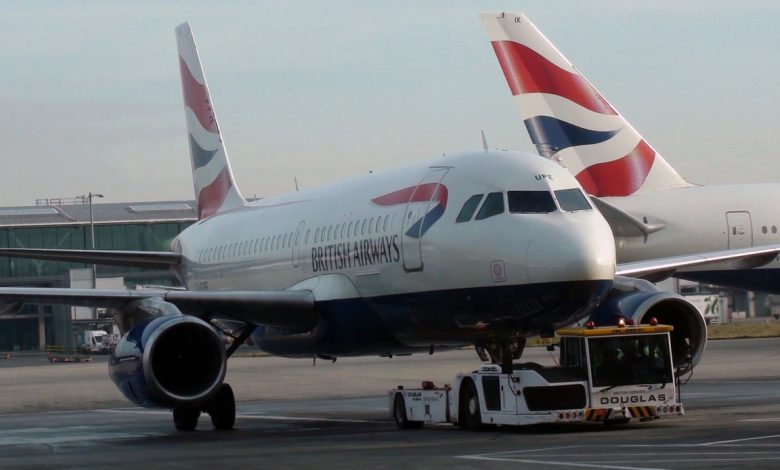Study shows new formulation of whitest paint in the world thin enough to be used on airplanes and aircraft for keeping them cool

According to recent research, a newly developed formulation of the world’s whitest paint is sufficiently thinner and lighter to be used on automobiles and aircraft for the purpose of reflecting heat away.
According to scientists, including those from Purdue University in the United States, the whitest paint in the world, which was featured in this year’s edition of Guinness World Records as well as on The Late Show With Stephen Colbert, can keep surfaces cool and reduce the need for air conditioning in a building.
Its first version used very small barium sulfate nanoparticles to reflect more than 98 percent of the sun’s rays, which lowered the temperature of outdoor surfaces by more than 4.5 degrees Celsius below the average temperature.
But researchers found that to get the amount of cooling they wanted, they needed a thick coat of paint that was at least 0.4 millimeters thick.
“That’s fine if you’re painting a robust stationary structure, like the roof of a building. But in applications that have precise size and weight requirements, the paint needs to be thinner and lighter,” said Xiulin Ruan, a Purdue professor of mechanical engineering and developer of the paint.
It was found that the latest formula, which was published on Monday in the journal Cell Reports Physical Science, could almost reach the same level of solar reflection with just one coat of paint 0.15 millimeters thick.
Experts say that this mixture has a pigment called hexagonal boron nitride, which is a substance that is often used in lubricants.
“Hexagonal boron nitride has a high refractive index, which leads to strong scattering of sunlight. The particles of this material also have a unique morphology, which we call nanoplatelets,” said Andrea Felicelli, a Purdue PhD student in mechanical engineering who worked on the project.
According to the researchers, the new paint also contains air gaps, which gives it a high porosity along with a lower density and a thinner consistency, resulting in a weight reduction advantage.
They stated that it produces a virtually equal solar reflectance while having a weight that is 80% lower than the barium sulfate paint that was published the previous year.
“Now this paint has the potential to cool the exteriors of airplanes, cars or trains. An airplane sitting on the tarmac on a hot summer day won’t have to run its air conditioning as hard to cool the inside, saving large amounts of energy. Spacecraft also have to be as light as possible, and this paint can be a part of that,” said George Chiu, another co-author of the study.
The researchers are hopeful that the paint will help surfaces stay cooler, which would greatly cut down on the need for air conditioning.
“This not only saves money, but it reduces energy usage, which in turn reduces greenhouse gas emissions. And unlike other cooling methods, this paint radiates all the heat into deep space, which also directly cools down our planet. It’s pretty amazing that a paint can do all that,” Dr. Ruan said.



